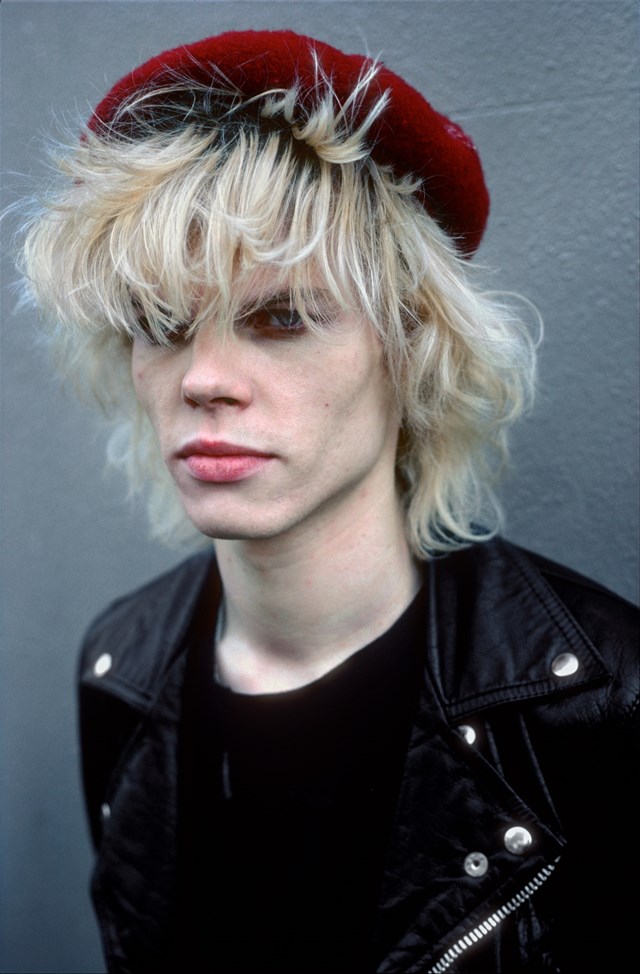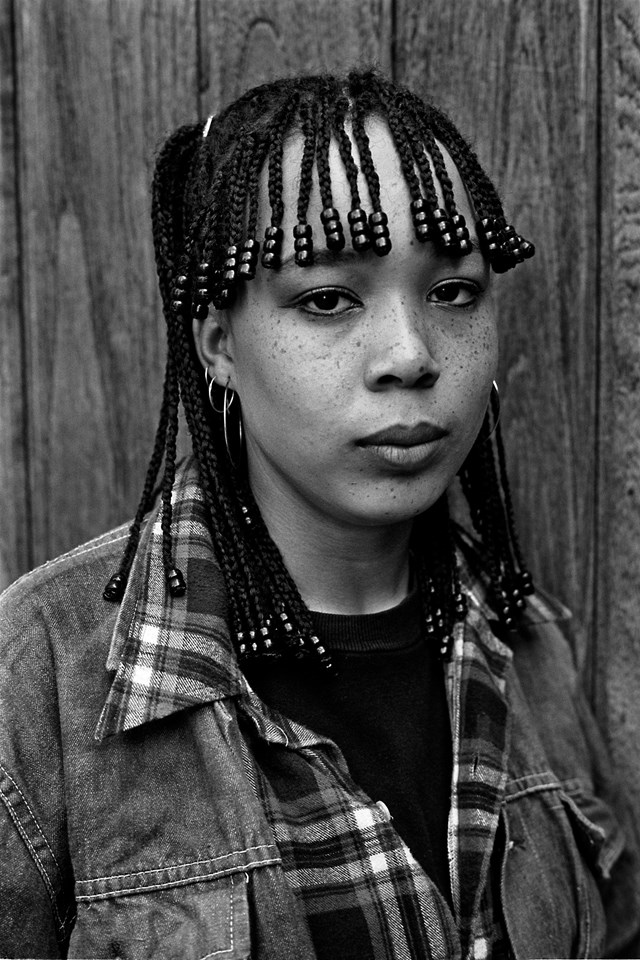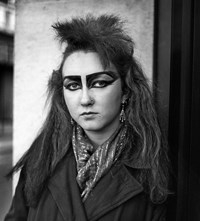Alongside an exclusive preview of his new book, ‘In the Eighties’, the photographer shares five tips for aspiring documentary photographers
- TextTed Stansfield
In the 1980s, London was a hotbed of subcultural activity. The city was simultaneously home to punks, post-punks, cyber-punks, gothic punks, mods, hard mods, Trojan skins, racist skins, Blitz Kids and New Romantics, among others. Derek Ridgers was there to capture it all. One of the premier documenters of British subculture, Ridgers trained his lens on all of these groups as they emerged and existed side-by-side in the Big Smoke.
“By the late 70s the optimism of the 60s was long gone and we’d also been through a depressing era of strikes and social upheaval,” says Ridgers, ahead of the launch of his new book In the Eighties, which comprises a selection from his extensive archive from the decade. “Then in 1979, Margaret Thatcher came along and everything got much, much worse. She seemed to have a total disregard for the aspirations of the young British working classes. Or, for that matter, the working classes of all ages. But young people of every generation want to have a say in the matter. A personality to assert. And they want to be seen and they want to be heard. If no one is listening what else can they do, just dress up and have fun? I think that impulse informed the attitude of the 80s.”
This attitude runs through In the Eighties and the people featured on its pages, who represent many of London’s different subcultural tribes. When it came to photographing his subjects, Ridger’s process was simple and remains unchanged to this day – “I just walk straight up to people and say ‘Do you mind if I take your picture?’” In some cases, this clearly took nerve.
Here, alongside an exclusive look inside In the Eighties, Ridgers gives us more insight into his photographic process and shares five tips for aspiring documentary photographers.

“I rarely give tips on photography because by far the most important point in my humble opinion is that there are no rules. Henri Cartier-Bresson said that “nothing worth knowing can be taught” and that’s certainly good enough for me. Plus, of course, I’m very much still learning myself. I don’t say this from a position of false modesty either. Once you start thinking you know it all, your creativity is already dead. So, with the above in mind...”
1. Be persistent
“The most obvious tip I can think of is to be really persistent. Documentary photography is a genre that rewards hard work and long hours. Get there early and stay late. Often the most interesting things happen after almost everyone else has gone home or in places that other photographers don’t think to look.”
2. Don’t get disheartened
“Don’t be disheartened if you get a few knock-backs. Either whilst taking the photographs or trying to get them seen afterwards. It happens to us all. We all suffer rejection. It’s how we deal with it that counts.”

3. Don’t be shy
“I was far too shy when I was young and I shouldn’t have been. Often people who look intimidating aren’t quite so much if you are the one initiating contact. Besides, I do think there is something to be said for having an element of confrontation in street portraits. But you do have to be careful.”
4. Consider the background
“Whether in the street or in a nightclub, I like to look at the background as well. My ideal background is something that’s very plain, without anything to detract the eye, and yet something that still possesses an element of time and place. Though that’s so much easier said than done.”
5. Be aware of your surroundings
“I think it’s very important, especially these days, to be aware of your surroundings and not just what’s going on right in front of you. This is very important if you’re shooting in an area you don’t know or if you don’t speak the language. You have to watch people’s eyes. Even if they’re 50 feet away or further. If you see people with their heads together, talking and looking in your direction that might be your cue to leave the area. You can always come back later on.”
In the Eighties is published by Carpet Bombing Culture. The book launch and signing will be taking place September 14, 6.30pm-8.30pm at The Library Space, 108 Battersea Park Road, London SW11 4LY. RSVP: sharon@carpetbombingculture.co.uk.















